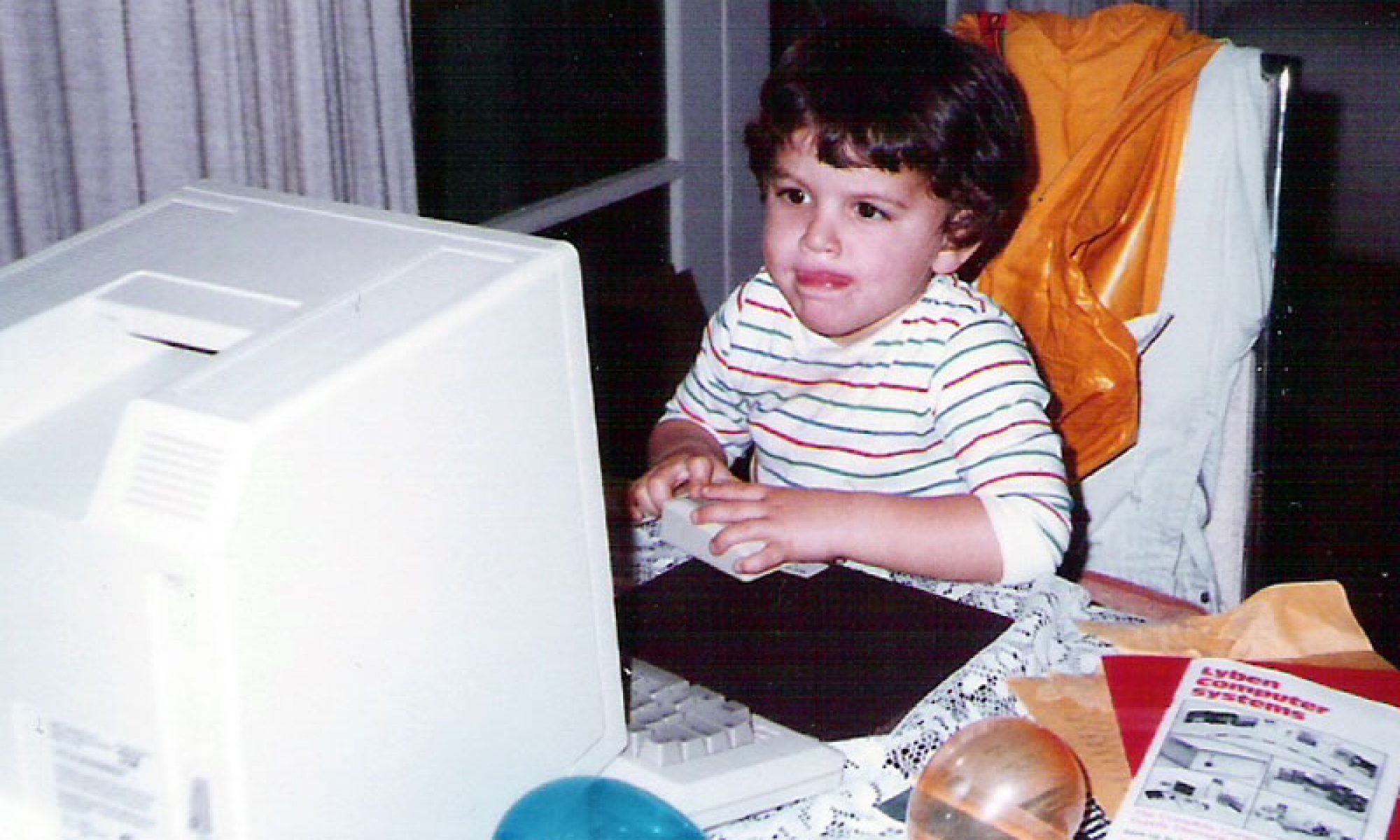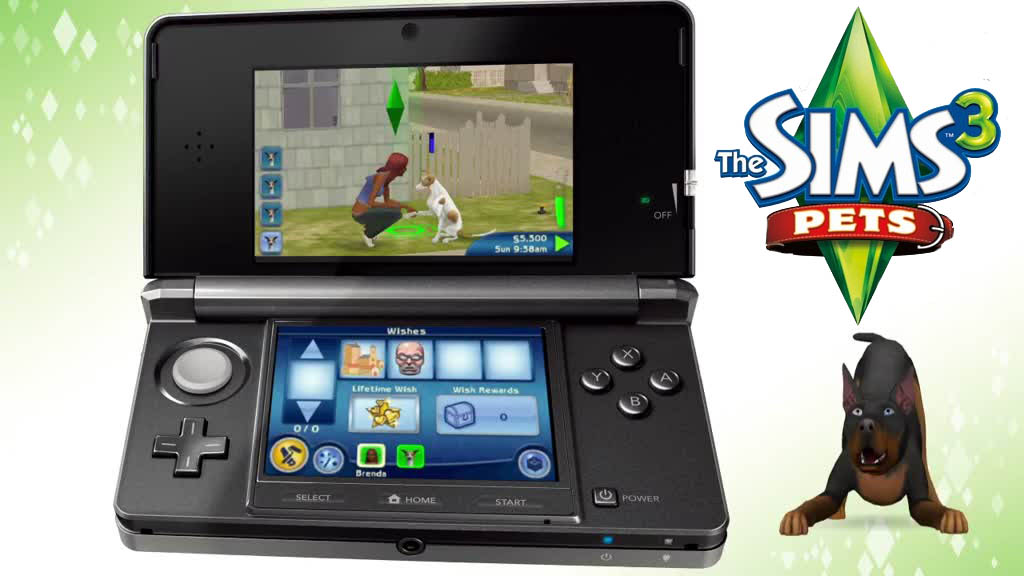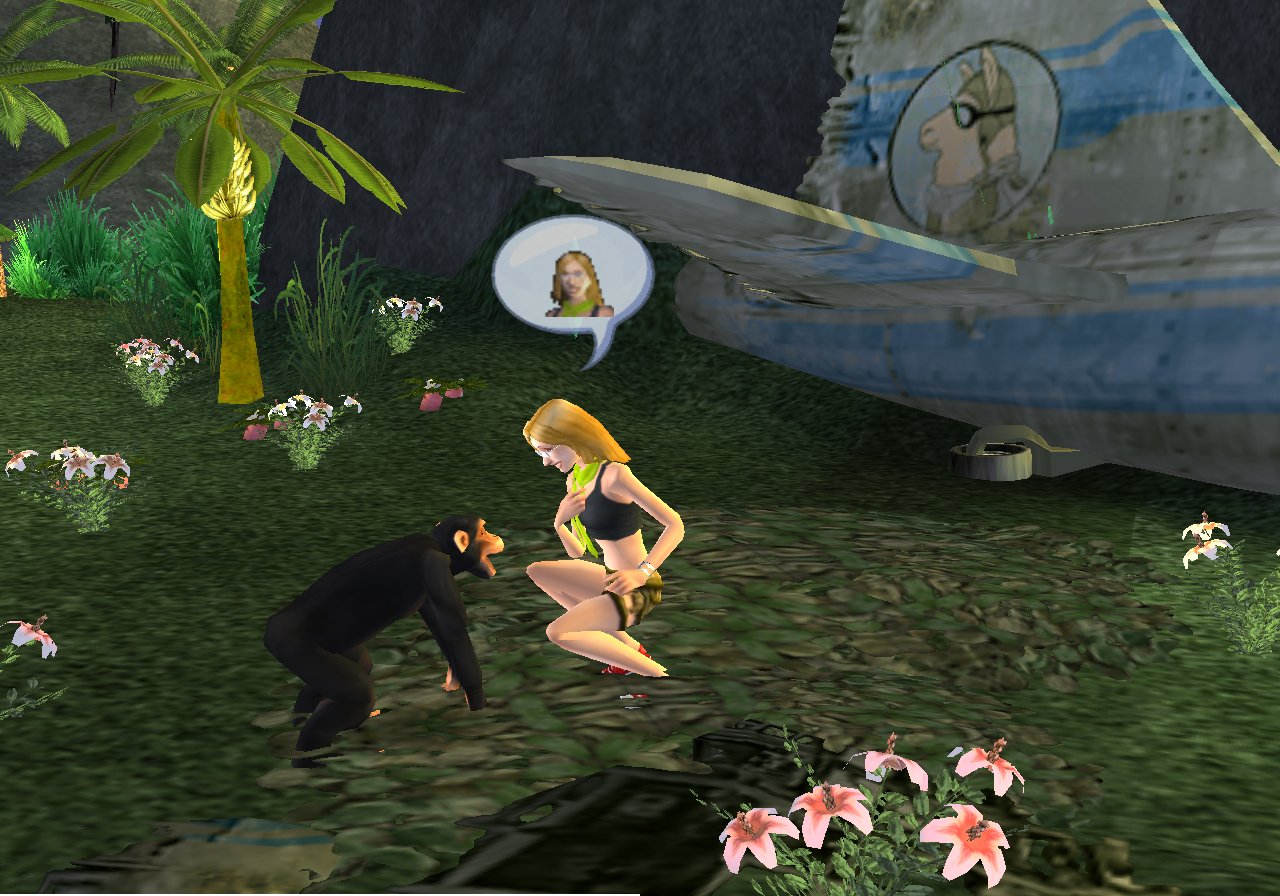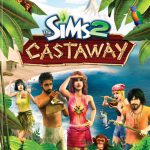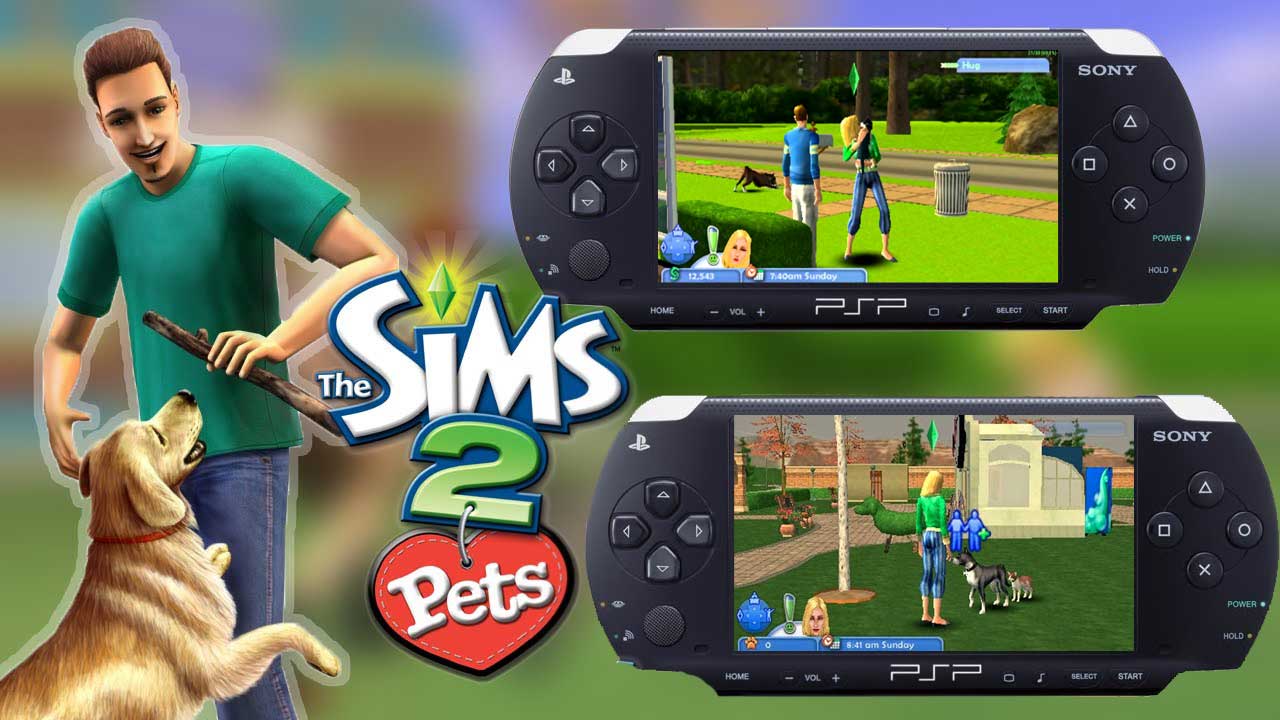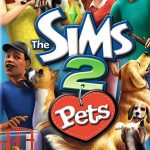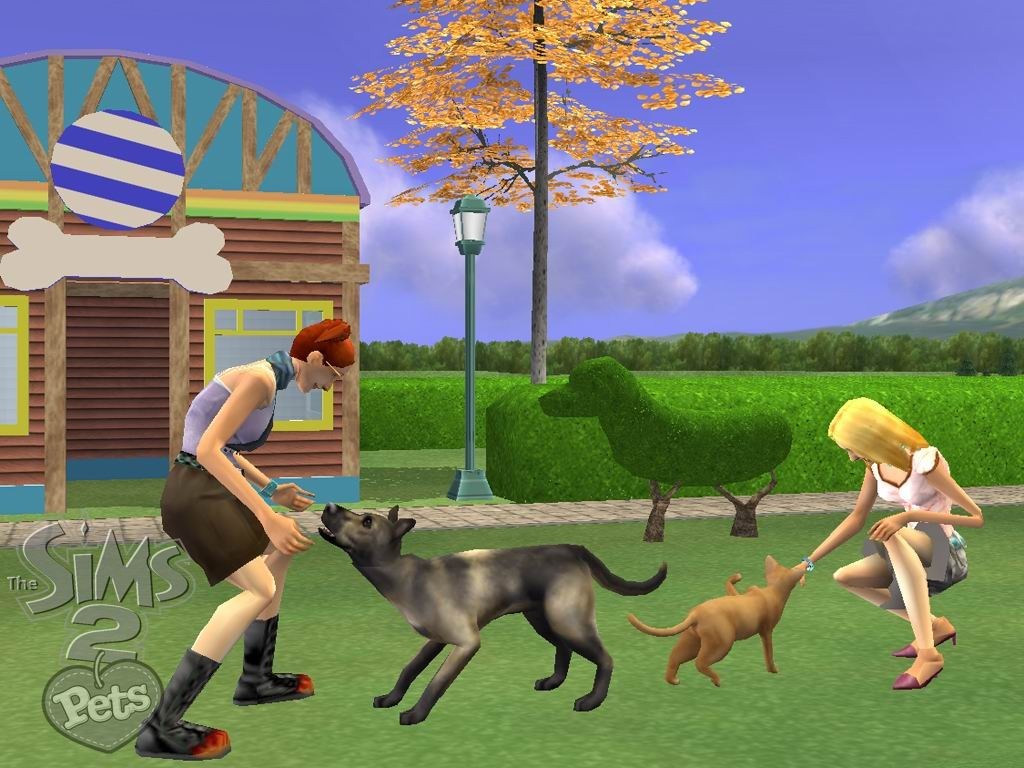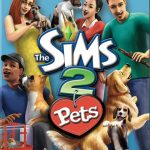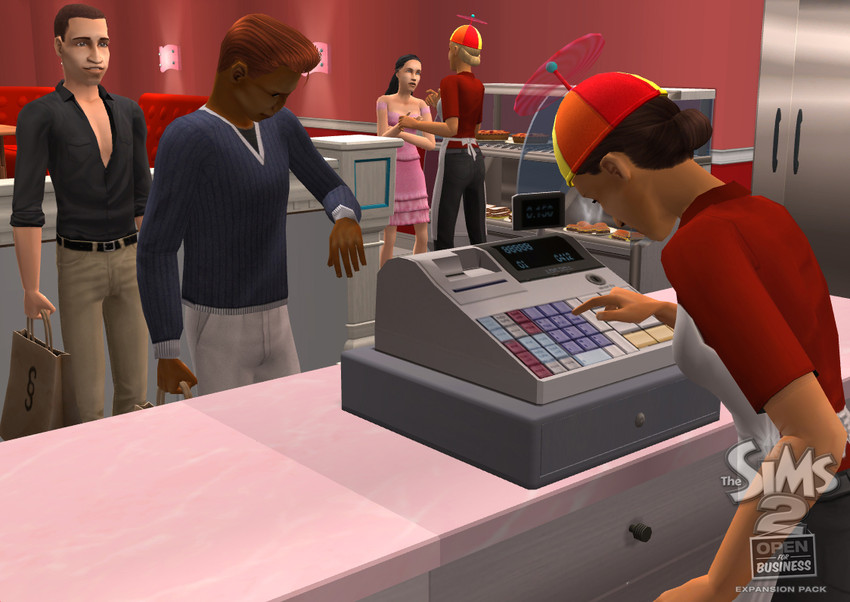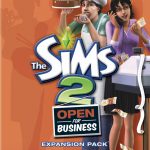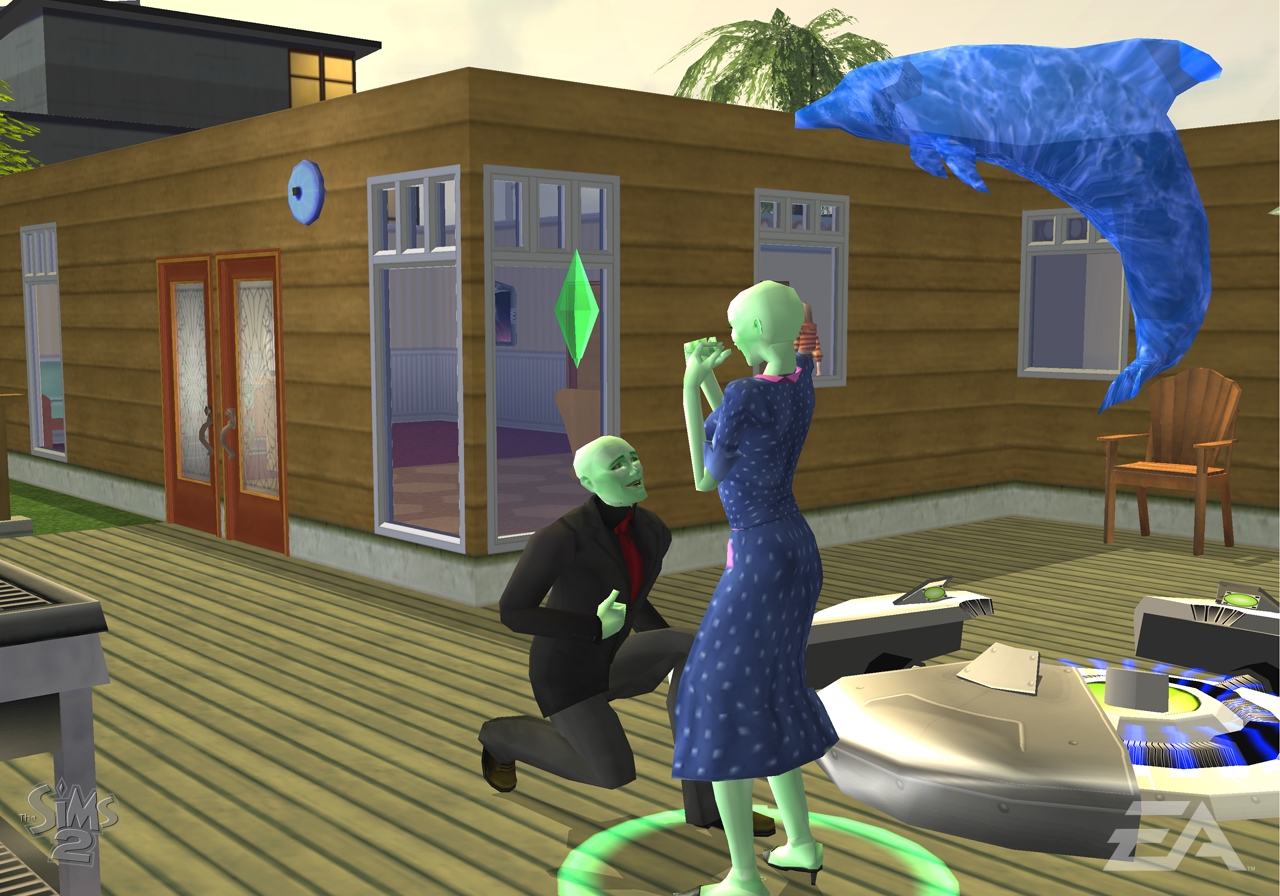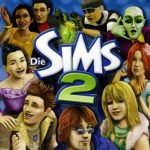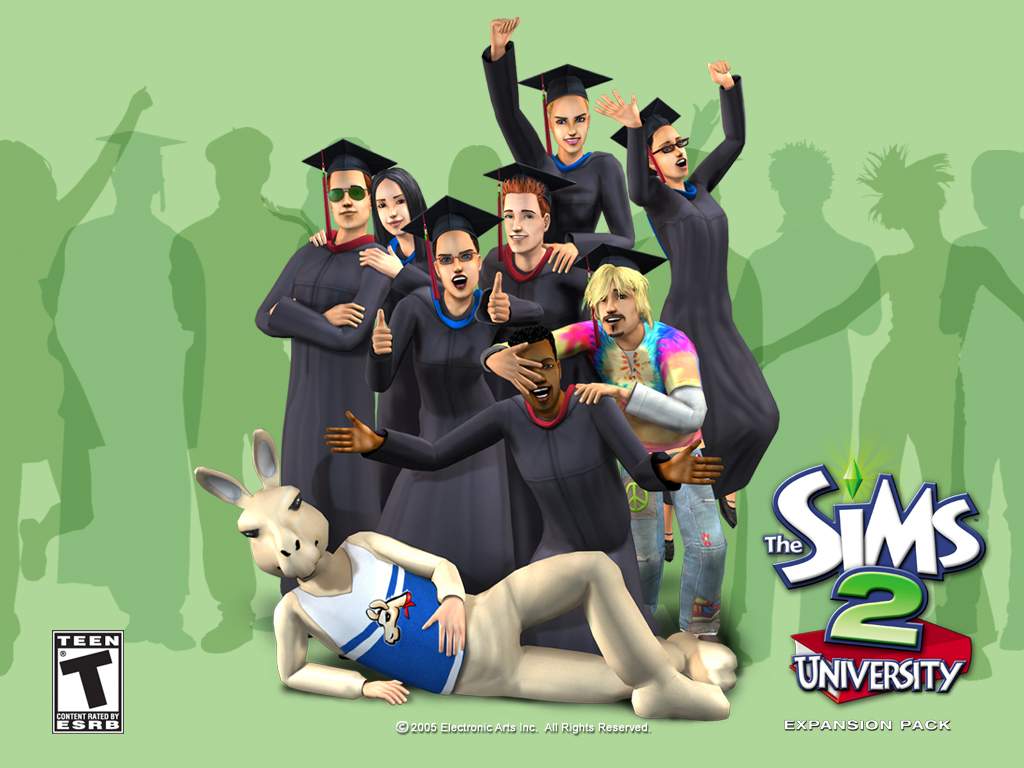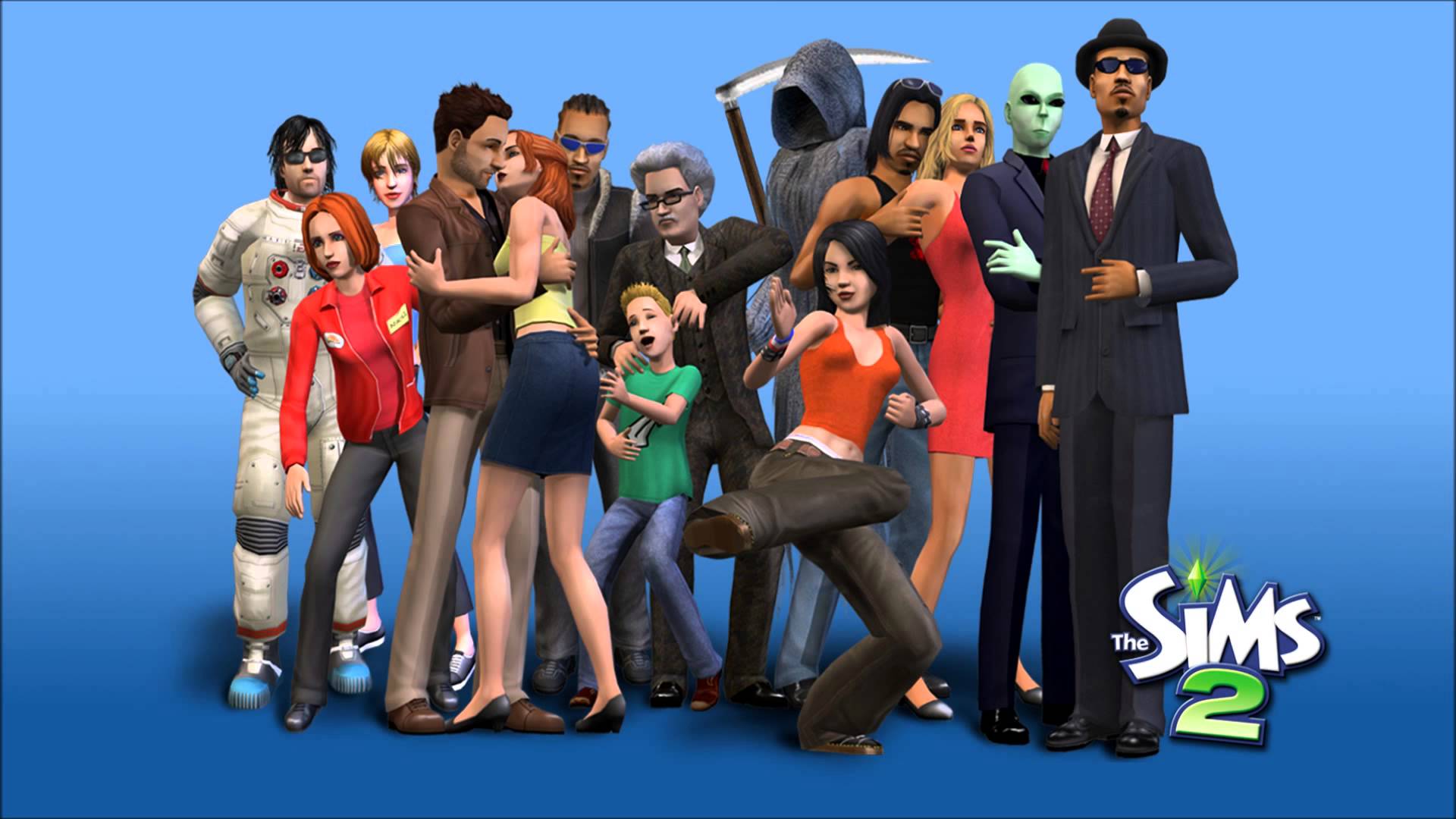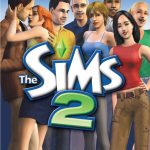Electronic Arts, Nintendo 3DS (view on MobyGames)
Responsibilities: Training/Mentoring, Gameplay Programming: Pet Socials
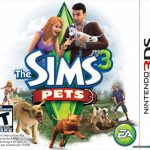 The last of 9 Sims games I helped make at EA/Maxis was The Sims 3 Pets for Nintendo 3DS. As an expert in the proprietary language used to write gameplay behavior in The Sims games, I was brought back for the final project to use that technology. EA had just acquired a company called Playfish in Salt Lake City, Utah, and had assigned a team of their engineers to do the bulk of the work. I spent some time in Utah training and supporting the staff there before returning to Redwood City, CA to complete the game.
The last of 9 Sims games I helped make at EA/Maxis was The Sims 3 Pets for Nintendo 3DS. As an expert in the proprietary language used to write gameplay behavior in The Sims games, I was brought back for the final project to use that technology. EA had just acquired a company called Playfish in Salt Lake City, Utah, and had assigned a team of their engineers to do the bulk of the work. I spent some time in Utah training and supporting the staff there before returning to Redwood City, CA to complete the game.
